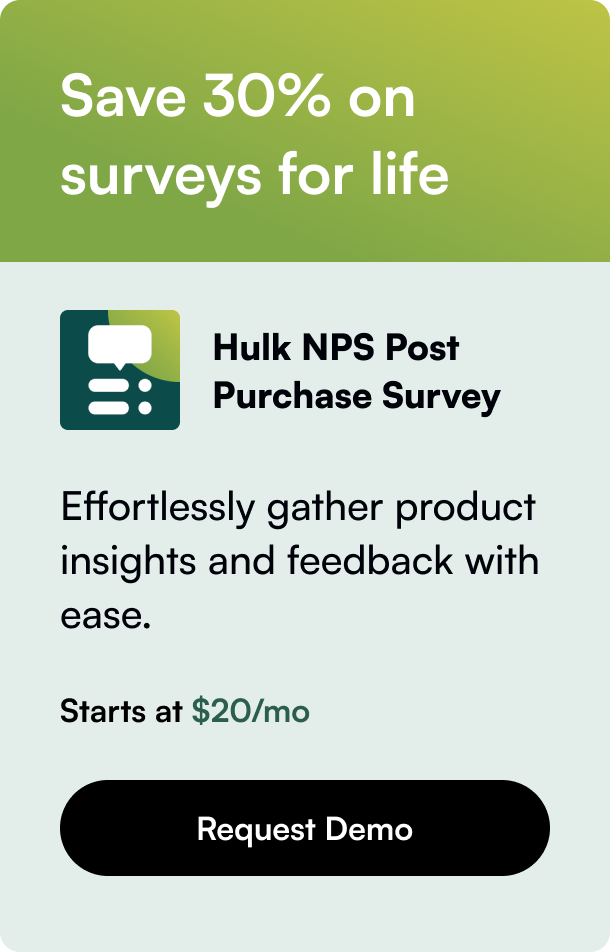Table of Contents
- Introduction
- Exploring The Blueprint of E-commerce Giants
- Detailed Roadmap to Platform Creation
- FAQs
- Conclusion
Introduction
Have you ever dreamt of launching your very own e-commerce platform, similar to the industry giant Shopify? With the unprecedented growth in online shopping, venturing into the realm of digital storefronts presents an enticing business opportunity. This comprehensive guide will walk you through the process of creating a competitive, user-friendly, and successful e-commerce platform.
The Current E-commerce Landscape
The e-commerce space has dramatically expanded over the last decade, moving from niche markets to mainstream retail. In 2021 alone, global e-commerce sales were estimated to surpass 4.2 trillion USD. Such substantial growth has largely been influenced by technological advancements and shifting consumer behaviors favoring online purchases.
Why Build An E-commerce Platform Now?
The answer is simple: timing and demand. With millions shifting to online shopping, now is a prime time to offer sellers and consumers a fresh, robust platform to conduct their online business.
Promise of This Guide
By the end of this post, you'll not only comprehend the core mechanics behind platforms like Shopify but also have the knowledge to create one that resonates with today's needs and stands out in the digital marketplace.
Exploring The Blueprint of E-commerce Giants
Creating an e-commerce platform takes strategic planning and considerable tech know-how. It boils down to understanding what makes a service like Shopify tick. Here are the pillars to consider:
User-Centric Design
Design a platform that is not just visually appealing but also offers impeccable user experiences. Seamless navigation and intuitive design are fundamental.
Standalone and Hosted Storefronts
Shopify users love the personalization aspect — a personalized storefront. Offer customers the automation to create and host distinct stores with their domains.
Payment Gateway Integration
A platform should support diverse payment options — cards, digital wallets, bank transfers — with secure and reliable transactions.
Customization Galore
Allow ample customization, from store themes to plugins that cater to different business sizes and types.
Scalability and Versatility
Your platform must comfortably scale up operations to support traffic inflows and offer diverse commerce solutions — from physical goods to digital services.
Impeccable Customer Support
Proving a 24/7 lifeline will boost your platform's credibility. Extensive FAQs, robust community forums, and real-time support can make a world of difference.
Detailed Roadmap to Platform Creation
Stage 1: Pre-Build Planning
Market Analysis
Absorb as many details about the marketplace as you can. Know your competition and your ideal customers like the back of your hand.
Feature Listing and Prioritization
Craft an exhaustive list of features your platform will offer and prioritize them based on impact and feasibility.
Business Model Clarity
Choose whether you'll run on a subscription model, take a cut from sales, or incorporate advertisement.
Stage 2: Technical Execution
Picking The Stack
Cultivate a tech stack that encompasses a powerful server-side language, a dynamic front-end framework, and sturdy database technology.
Templates and Builder Tools
Create building tools that users can harness to personalize their stores without necessitating coding expertise.
Shopping Cart and Checkout Flow
Build a secure, straightforward shopping cart and checkout process that supports instant purchases and shopping sprees.
Extensive Testing
Regular alpha and beta testing at different build phases ensures the system is bug-free and user-ready.
Stage 3: Going Live and Beyond
SEO and Marketing Initiatives
Before launching, strategize for SEO and marketing campaigns that bring in initial traffic and users.
Analyzing User Feedback
Post-launch, closely monitor user feedback for improvement areas and additional features that users may love.
Routine Updates and Security Checks
Keep the platform's technology up-to-date, run security checks, and introduce novel features that keep you ahead of the curve.
FAQs
Q: How much capital is required to launch a platform akin to Shopify?
A: The cost varies greatly depending on design complexity, infrastructure, and technological needs. It's plausible to start lean and expand as growth demands.
Q: Is there room for a new player in the e-commerce space with giants like Shopify and WooCommerce?
A: Absolutely. The market is continually expanding. With a unique proposition and stellar execution, there's room for new platforms.
Q: Are there legal considerations when building an e-commerce platform?
A: Yes. You will need to consider data protection laws, digital transaction regulations, and business operational permits, among others.
Conclusion
Building an e-commerce platform like Shopify is a challenging yet immensely rewarding venture. It demands deep market understanding, a precise mix of features, and continuous innovation. With this guide as your foundation, you are set to embark on a journey carving your own niche in the expansive e-commerce universe. Craft an invaluable service, and watch as stores flock to your platform, helping you cultivate a digital marketplace legacy.








